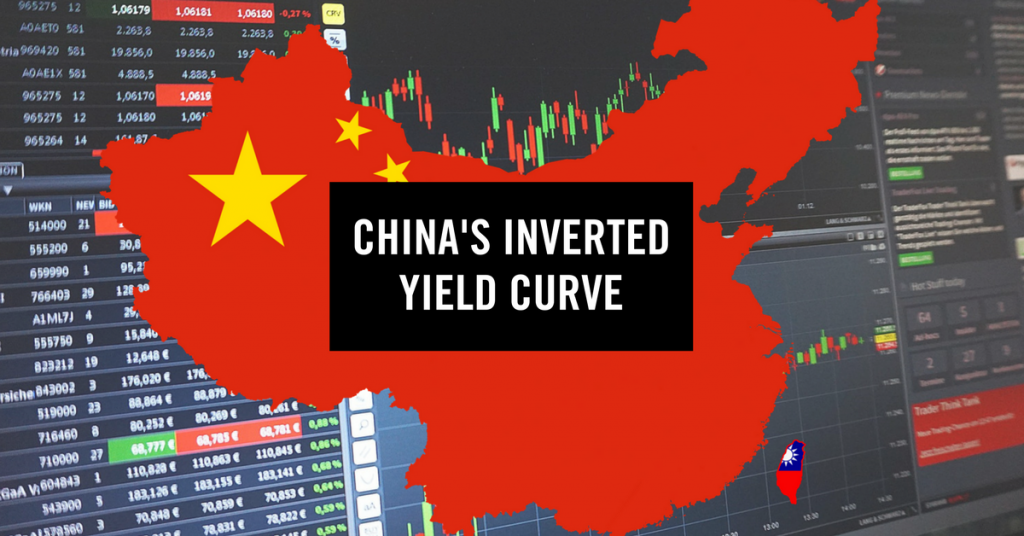Bull Steepening (Not Necessarily Good for Stocks)
What’s in Today’s Report:
- The Yield Curve Is Steepening, That’s Good for Stocks Right? (Not Necessarily)
Futures are moving higher on dovish optimism following soft economic data overseas ahead of today’s jobs report but trade war developments were actually negative overnight.
German data disappointed overnight as Industrial Production fell -1.9% vs. (E) -0.5% while the trade surplus narrowed to 17.0B euros, a 9-month low.
The data is fueling hopes of a dovish policy shift from the ECB, however, after Draghi cited soft manufacturing trends as a concern earlier in the week which is helping EU shares outperform this morning.
Trade news was a net negative overnight as Mexican tariffs are still expected to be implemented on Monday (hopes of a delay pushed stocks higher yesterday afternoon) while there were no material developments on the China front.
Today, investors will be primarily focused on the Employment Situation Report due out at 8:30 a.m. ET (E: +180K job adds, 3.7% UR, 3.2% wage growth YoY).
Due to the huge dovish shift in Fed policy expectations over the last week, bad news will be good news for stocks as the odds of a summer rate cut will rise and the biggest risk for stocks is a “hot” print this morning, especially on wages.

